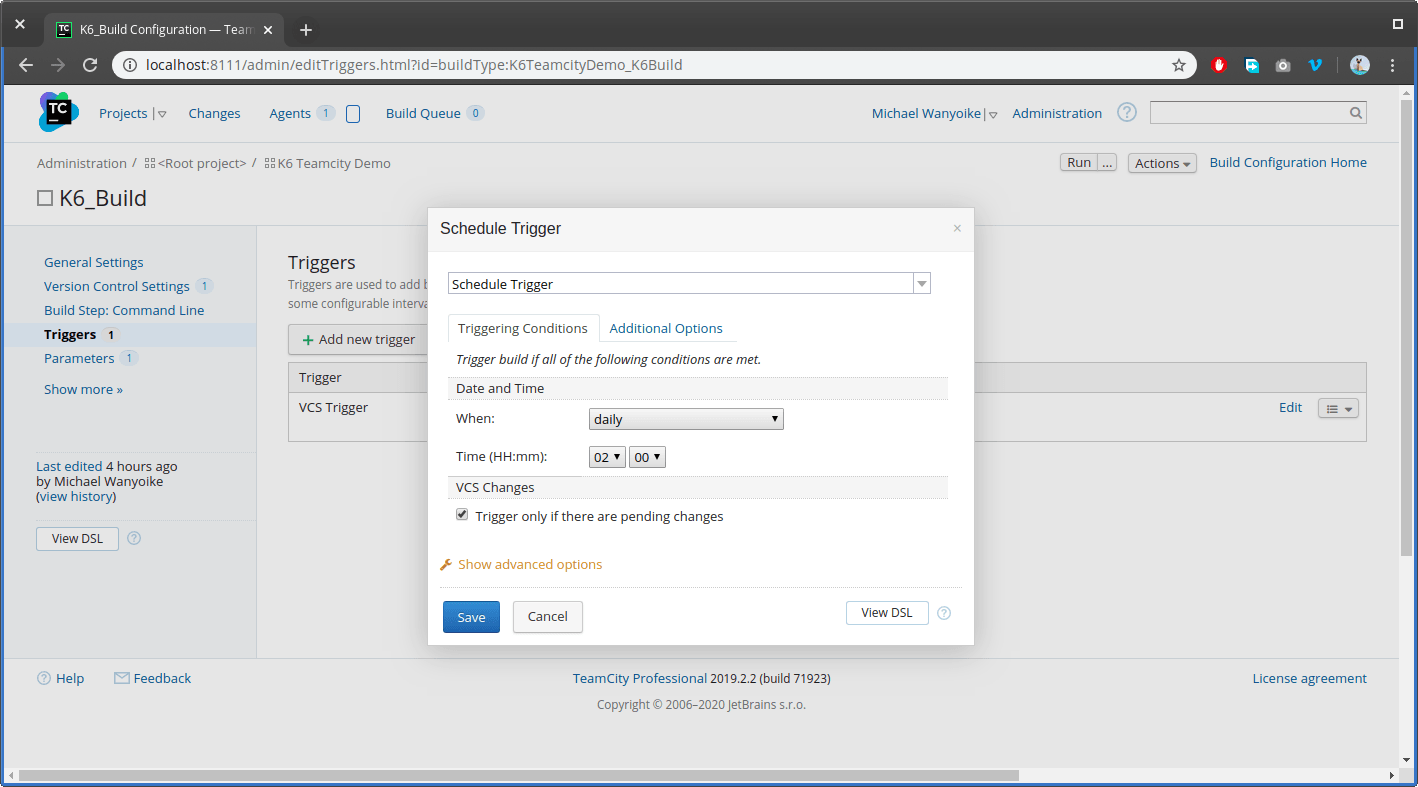
At the same time, on-prem tools benefit from building flexibility and security.Ĭloud solutions are available to end users via the Internet and fully managed by the vendor or cloud provider (which can be the same company). In the first case, the responsibility for deploying and maintaining them rests solely on your shoulders, or rather on your in-house DevOps team. Carefully read specifications and user reviews to understand the strong and weak sides of a particular solution Hosting optionsĬI/CD tools can be hosted either on your server (on-premise) or on the side of a cloud provider.


However, some options better handle integration jobs, some focus on testing and debugging, and others outdo its counterparts in deployment.
TEAMCITY PRICING CODE
To guide you through the many options on the way to making a choice, we suggest using the following criteria: Most praised featuresĪs we said earlier, CI/CD tools cover the entire process of carrying code updates from a version control system to end users. Today’s market is flooded with continuous integration and delivery solutions, so selecting the right one can be difficult.
TEAMCITY PRICING HOW TO
How to choose a continuous integration tool Now, let’s see what options you have and how to choose the best one.
TEAMCITY PRICING SOFTWARE
That’s how CI/CD software generally works.
TEAMCITY PRICING UPDATE
This capability is especially useful when you deal with a huge codebase or have to test your update on different operating systems. Tasks can be executed in parallel, by several agents. They can run jobs on schedule or in response to certain events - say, once you commit a new portion of code to a repository on GitHub, GitLab, or other popular VCS. Despite the CI part in the name, most of such platforms are not limited to integration and also support continuous delivery and deployment.īuild agents are remote individual processes that listen to the server and execute its tasks. The server is integrated with a version control system (VCS) so it can detect changes in the source code and trigger a pipeline - a predefined sequence of tasks to be performed. It also tracks the executions and displays their results. The CI or central server is responsible for assigning and orchestrating jobs and running them through. build automation, where build means turning source code into a deployable version,Ī CI/CDl solution consists of two distinct parts: a central CI server also known as a master and one or more build agents often called build slaves, build runners, or remote agents.We hope you’ll find answers to practical questions like: What CI/CD tools can do? How hard is it to learn? What will it cost me? Will it work with my infrastructure? And, finally, which one is the right fit for me? Components of a CI/CD tool and how it worksĪll CI/CD tools do the same work: They run mundane, repetitive tasks to safely ship iterative code updates to end users. Take an easy route and read this article for a clear picture of the best-of-breed options. To make this miracle happen you need a corresponding tool. Note, though, that CI/CD isn’t some magic wand that automatically fixes your workflow. Learn more about benefits of continuous integration and delivery, how to approach its adoption, and what challenges to expect along the way from our dedicated article. That’s the result of the frequent submission of code into a shared repository so that developers can easily track defects using automated tests, and then fix them as soon as possible. Modern practice of continuous integration (CI) and continuous delivery (CD) rolls out program updates even faster, within days or hours. Switching to Agile methods helped reduce programming cycles to weeks and introduced steady-interval delivery. Back in the day, when waterfall methodology ruled, it could take months or even years to deliver a product’s first shippable version. Final recommendations on choosing a CI/CD tool Reading time: 15 minutesĪs you build a product, your codebase keeps growing and, unless properly managed, can become a virtual Rubik’s cube for future developers to solve.CodeShip: a cloud-based CI tool with fast builds.CircleCI: a mature platform with a plethora of pre-built integrations.Travis CI: a multi-language, easy-to-setup CI solution.Bamboo Data Center: out-of-the-box integration with Atlassian products.TeamCity: built-in features for almost everything.Jenkins: the most-used CI/CD solution with great community support.How to choose a continuous integration tool.




 0 kommentar(er)
0 kommentar(er)
